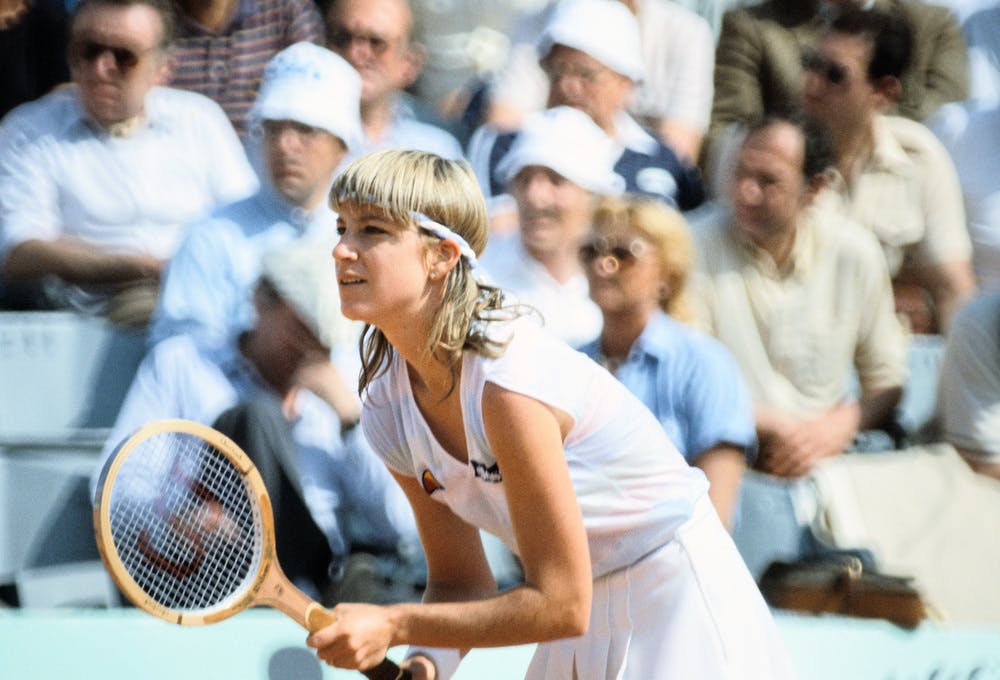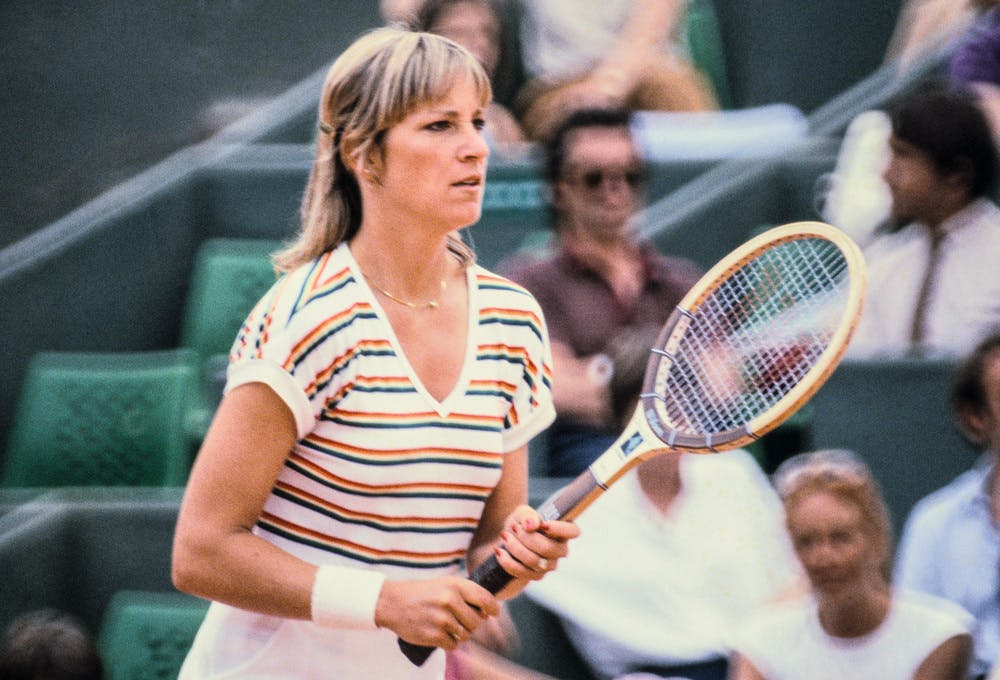How Chris Evert became Chris Evert.
Much has been said about her high-profile love affairs, namely with tennis stars Jimmy Connors and John Lloyd, skier Andy Mill and actor Burt Reynolds. Her on-court rivalry with friend Martina Navratilova was thrilling to watch and was wonderful fodder for the press, but what we remember most is her steely mindset, her baseline play, and her legendary two-handed backhand. Chris Evert revolutionised women’s tennis.
Her destiny was all planned out. Having grown up playing on the courts of the Holiday Park in Fort Lauderdale – a famous academy that her father, Jimmy Evert, ran for almost 50 years – Chris Evert burst onto the circuit in 1971 at age 16. A year later, she became the youngest player ever to play in the semifinals of the US Open, where she lost to the great Billie Jean King.
“America’s sweetheart” notched up 158 singles titles, including 18 Grand Slams and 4 Masters titles. She holds the record for the most titles won at Roland-Garros (7 victories) and at the US Open (6 victories), a record shared by Serena Williams.
In 1989, Chris Evert retired from tennis holding the record for the most victories at Roland-Garros and another, just as impressive one, for winning at least one Grand Slam per year between 1974 and 1986.
 ROLAND-GARROS
18 May - 7 June 2026
ROLAND-GARROS
18 May - 7 June 2026





